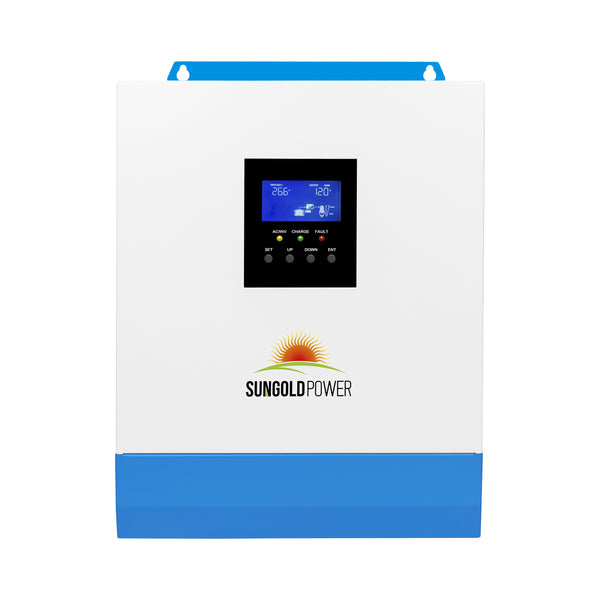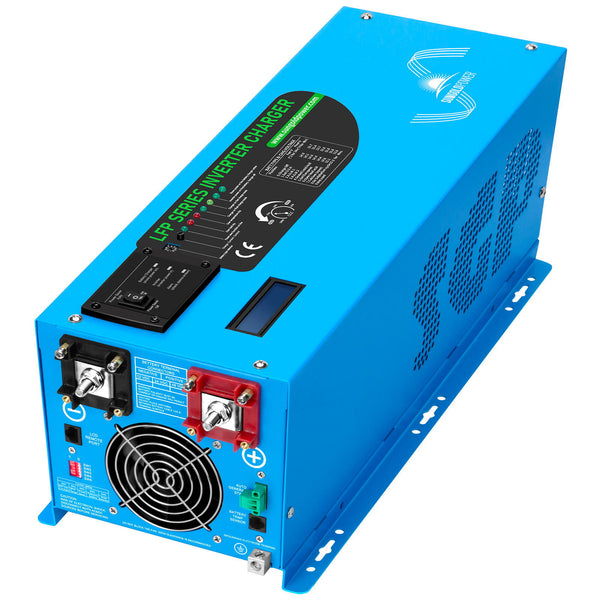Hi gurus. I’ve been spending money on batteries and inverters that I thought I researched well. Uh, no.
I’m in a Dynamax super C with a large residential fridge, needing to boondock. PO put in 900 watts roof top solar; I’ve purchased 2 12volt 230 AH Lifepo4 batteries and a 4000w Sungold Power inverter charger 12v. Batteries and inverter are unboxed but not installed. Each battery has 200w BMS.
Reading posts here, it seems I should have bought a 24 or even 48v inverter. I might be able to exchange the 12v inverter for a 24v 3000 or 4000w inverter. I need to balance this system, with fixed inputs of: 900 w solar, and probably 460 AH Batteries. I’ve done a back of envelope energy audit, I’m not confident of the numbers.
I can’t fit more batteries in the designated compartment, and returning the batteries would be too pricey.
Can I balance this system with a different inverter?
I’m in a Dynamax super C with a large residential fridge, needing to boondock. PO put in 900 watts roof top solar; I’ve purchased 2 12volt 230 AH Lifepo4 batteries and a 4000w Sungold Power inverter charger 12v. Batteries and inverter are unboxed but not installed. Each battery has 200w BMS.
Reading posts here, it seems I should have bought a 24 or even 48v inverter. I might be able to exchange the 12v inverter for a 24v 3000 or 4000w inverter. I need to balance this system, with fixed inputs of: 900 w solar, and probably 460 AH Batteries. I’ve done a back of envelope energy audit, I’m not confident of the numbers.
I can’t fit more batteries in the designated compartment, and returning the batteries would be too pricey.
Can I balance this system with a different inverter?




